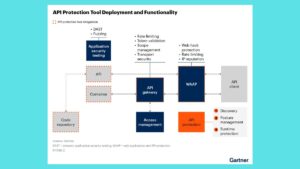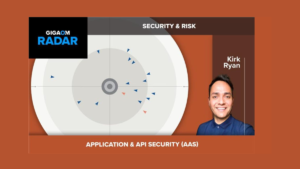Technological Transformation of HR


The Human Resources (HR) function is experiencing a significant transformation due to advancements in technology. From recruitment and onboarding to employee engagement and performance management, technology is revolutionizing how HR departments operate. This transformation is not just about automating processes but also about leveraging data and analytics to make more informed decisions, enhancing the employee experience, and creating more strategic HR functions. Here’s a comprehensive look at the technological transformation of HR.
1. Recruitment and Onboarding
Automated Recruitment: Technology has streamlined the recruitment process through automated job postings, applicant tracking systems (ATS), and AI-powered candidate screening. These tools can sift through thousands of resumes quickly, identifying the most suitable candidates based on predefined criteria.
Virtual Onboarding: With the rise of remote work, virtual onboarding has become essential. Digital onboarding platforms guide new hires through the necessary paperwork, training modules, and introductions, ensuring a smooth transition into the company.
2. Employee Engagement and Communication
Employee Engagement Platforms: Tools like employee engagement surveys, feedback apps, and pulse surveys allow HR to gauge employee sentiment in real-time. This data helps in creating targeted initiatives to improve morale and engagement.
Collaboration Tools: Platforms like Slack, Microsoft Teams, and Zoom have transformed how employees communicate and collaborate, fostering a more connected and cohesive work environment, even in remote settings.
3. Performance Management
Continuous Feedback Systems: Traditional annual reviews are being replaced by continuous feedback systems. These platforms allow for regular check-ins, real-time feedback, and goal tracking, making performance management a more dynamic and ongoing process.
Data-Driven Insights: Performance management software can provide data-driven insights into employee performance, identifying high performers and areas that need improvement. This allows HR to make more informed decisions regarding promotions, training, and development.
4. Learning and Development
E-Learning Platforms: Online learning platforms like LinkedIn Learning, Coursera, and Udemy offer employees access to a vast array of courses and training programs. These platforms enable continuous learning and skill development, tailored to individual career paths.
Personalized Learning: AI-powered learning platforms can create personalized learning paths for employees based on their roles, skills, and career goals, ensuring that training is relevant and impactful.
5. HR Analytics
Predictive Analytics: HR analytics tools use data to predict future trends and behaviors, such as employee turnover, hiring needs, and training effectiveness. This predictive capability allows HR to be more proactive and strategic in its planning.
Data Visualization: Advanced HR analytics platforms offer data visualization tools that help HR professionals easily interpret and present data, facilitating better decision-making and communication with stakeholders.
6. Employee Self-Service
HR Portals: Employee self-service portals allow employees to access and manage their HR-related tasks, such as updating personal information, accessing pay stubs, and managing benefits, without needing to contact HR directly. This increases efficiency and empowers employees.
7. Remote Work Management
Remote Monitoring Tools: Tools for managing remote work have become critical. These include time tracking software, project management tools, and productivity monitoring software, which help ensure that remote employees stay productive and engaged.
Virtual Team Building: Technology also supports virtual team-building activities, which are essential for maintaining a strong company culture and team cohesion in a remote or hybrid work environment.
Challenges and Considerations
While technology offers numerous benefits, its implementation in HR also comes with challenges. Data privacy and security are paramount concerns, as HR departments handle sensitive employee information. Ensuring that technology is inclusive and free from bias is also critical to maintaining fairness and equity. Additionally, the adoption of new technologies requires training and change management to ensure that all employees can use these tools effectively.
Conclusion
The technological transformation of HR is creating more efficient, data-driven, and employee-centric processes. By leveraging advanced tools and platforms, HR departments can enhance their strategic impact, improve the employee experience, and better support the overall goals of the organization. As technology continues to evolve, HR will undoubtedly continue to innovate, driving forward the future of work.







